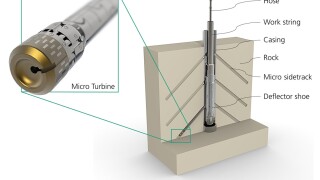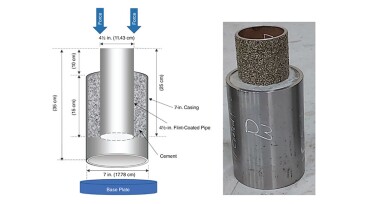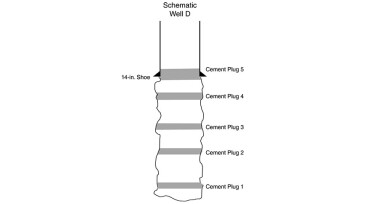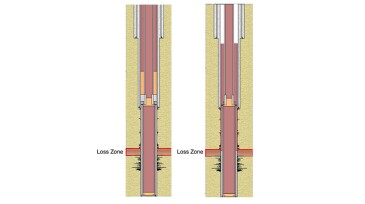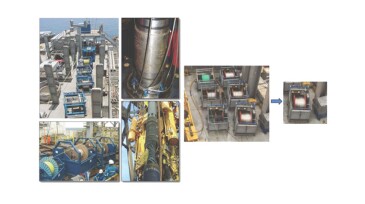Drilling
The Federal Reserve Bank of Dallas’ fourth-quarter energy survey shows that oil prices and geopolitical uncertainty are curbing enthusiasm heading into the new year.
A field test study examines micro turbine drilling in a clay formation that allows steel casing and formation to be drilled in a single operation.
The discovery in the Kutei Basin offshore Indonesia is being considered for fast-track development.
-
This paper addresses the deployment of an external protective coating with a rough surface profile in wells identified as susceptible to common cementing issues.
-
This paper provides examples for planning and execution of primary and remedial managed pressure cementing in deepwater drilling operations.
-
This paper presents a lost-circulation model used during design and job-evaluation phases to accurately predict top of cement and equivalent circulating densities.
-
This comprehensive review of stuck pipe prediction methods focuses on data frequency, approach to variable selection, types of predictive models, interpretability, and performance assessment with the aim of providing improved guidelines for prediction that can be extended to other drilling abnormalities, such as lost circulation and drilling dysfunctions.
-
Ginger is among the 10 upstream projects that BP plans to bring on-stream by 2027 after resetting its strategy to raise oil and gas investments to $10 billion per year.
-
SLB will use artificial intelligence-based software to help ensure the delivery of 18 ultradeepwater wells.
-
Launch of development drilling marks a new milestone as Romania aspires to become EU’s largest gas producer.
-
To enable a fully interventionless approach, a barrier-rated tubing-hanger valve has been developed to eliminate slickline intervention and minimize associated risks and operational time.
-
This paper describes an intelligent completion system in the context of multiple wells that, by electrifying the process, replaces the conventional electrohydraulic systems that have been in use for decades.
-
New case studies highlight how artificial intelligence, advanced hardware, and innovative business models are enabling success in drilling automation.


